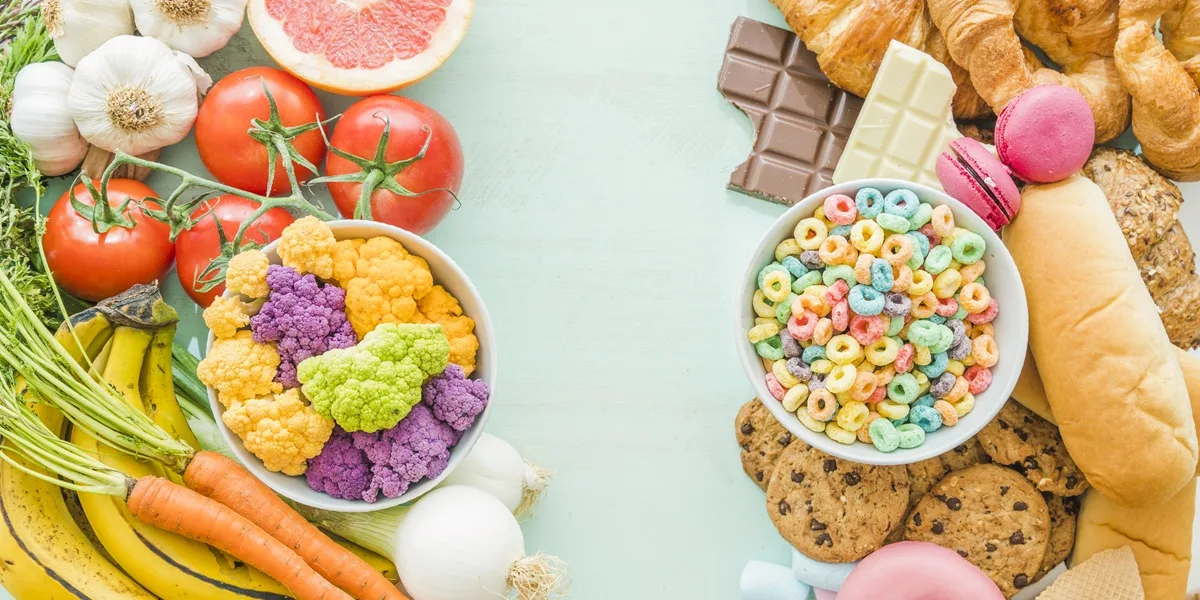
“I looooove samosas and just the thought of giving it up feels like a punishment! But I also know its terrible for my weight loss plans, Ufff!”. – Did we just read your mind? 😁
Well, here’s some good news for you! Losing weight doesn’t mean saying goodbye forever to the foods you love. It’s really about making smart choices and finding the right balance.
In this blog, we’ll tell you about some everyday foods that might be secretly slowing your weight-loss progress and how you can enjoy tasty meals without feeling deprived.
What Not to Eat for Weight Loss?
Losing weight isn’t just about eating less – it’s about eating right. Even if you exercise regularly, some foods can slow down or completely stop your progress.
Many everyday foods are loaded with unhealthy fats, hidden sugars, refined carbs, and excessive salt, making weight loss harder and increasing the risk of diabetes, heart disease, and other health problems over time.
Here’s a list of food categories to avoid when trying to lose weight:
1. Breakfast Cereals & Instant Breakfast Mixes
❌ Packaged cereals like cornflakes, wheatflakes, choco flakes, honey-coated muesli, flavored oats, and ready-made porridge powders are high in sugar and low in fiber. They cause a quick sugar spike, making you feel hungry sooner. Even “multigrain” options often contain refined flour, artificial flavors and a ton of refined sugar. In fact, we suggest you avoid offering these even to children.
✔️ Instead, opt for homemade dalia, vegetable upma, or plain oats with nuts and fruits.
2. Bakery Products & Packaged Breads
❌ Nankhatais, bun maska, mawa cake, plum cake, fruit cake, khari, patties, muffins, biscuits, rusk, cookies, regular cakes, waffles, pastries, rum balls, donuts, croissants, cream rolls, pizza bases and almost everything in a bakery is made from maida (refined flour). They have little to no fiber, leading to rapid weight gain. Even brown bread and “atta biscuits” often contain hidden maida and sugar.
✔️ If you need a bread alternative, choose 100% whole wheat or millet-based options from good brands or even better if you can home bake them because then you will be in control of what you add and how much.
3. Chips, Fried Snacks & Packaged Namkeen
- Potato chips, banana chips, packaged or even loose namkeens, farsan, faafda, bhujia, sev, chakli, fryums, paapad, chivda, murukku, tengoyal, kodbale and almost all those items that come in Rs.5-10 small packets hung in chains outside every local kirana shop – are deep-fried and loaded with unhealthy fats and excess salt. They are highly addictive and easy to overeat, making them one of the most significant contributors to weight gain.
- Instead, try roasted makhana, roasted peanuts/chana (not the packed ones; they are also roasted in oil!) or air-fried snacks.
4. Instant Noodles, Pasta & White Flour-Based Foods
- Regular pasta, instant noodles, hakka noodles, white bread, mac and cheese, and chowmein are refined carbs with little fiber or protein. They digest quickly, causing sugar spikes and frequent hunger pangs. You’ll end up eating more and gain weight that way.
- Whole wheat or millet-based versions paired with protein (like paneer or eggs) are better alternatives.
5. Sugary Drinks, Energy Drinks & Sweetened Beverages
- Soft drinks are the worst! Next are packaged fruit juices, smoothies, milkshakes, sugarcane juice, aam panna, rooh afza, kokum sherbet, jal jeera, sports drinks, energy drinks and cold coffee, which are loaded with sugar. Don’t get fooled by “diet colas” or “zero sugar” ones. They invariably have something else to sweeten them, which can be equally bad for weight loss or overall health..And yes…. Even “natural fruit juices” can cause sugar overload.
- Instead, drink plain nimbu paani (without sugar), sattu or buttermilk. Our desi stuff is the best 😀
6. Alcohol & Sugary Cocktails
Beer, whiskey, rum, vodka, cocktails, mocktails and breezers contain empty calories that slow down metabolism. Alcohol also triggers cravings for salty and fried foods, leading to overeating. Regular consumption increases belly fat and affects liver health.
7. Refined Flour-Based Indian Foods
- Puris, bhaturas, naan, samosas, kachoris, bakery bread, white bread, kulchas, and rumali rotis are made with refined flour, which lacks fiber and nutrients. These foods lead to sugar spikes, cravings, and fat accumulation.
- Opt for whole wheat, jowar, bajra, or ragi alternatives instead.
We know there are many foods in this list that you love, but they might not be the best for weight loss.
Choosing the right alternatives can be confusing. If you’re unsure about what to eat for weight loss, Fitterfly’s expert Nutritionists are here to help! With a 1-on-1 consultation, they’ll clear your doubts and create a personalized diet plan that fits your lifestyle and goals. No confusion, just a plan that works for you!
Book your consultation today – we promise it’ll be worth it! 😊
8. Deep-Fried Snacks & Fast Food
- Pakoras, bondas, vadas, batata vada, medu vada, samosas, kachoris, and farsan are not just high in calories but also difficult to digest. Street foods like pav bhaji, vada pav, kathi rolls, shawarmas, and burgers use unhealthy oils and refined carbs, making them calorie bombs.
- Instead, go for homemade air-fried or steamed versions.
9. Red Meat & Processed Meats
- Mutton, pork, sausages, salami, kebabs, and processed meats like bacon and ham are high in unhealthy fats and sodium. Frequent consumption can lead to cholesterol issues and weight gain.
- If you eat meat, opt for leaner proteins like chicken or fish in moderation.
10. Indian Mithai (Sweets) & Sweetened Desserts
- Jalebis, gulab jamun, rasgullas, pedas, paaysams, all ladoos, barfis, kaju katli, halwas, kulfis, and ice creams are full of sugar, ghee, and maida. Even “sugar-free” sweets often contain artificial sweeteners, which can trigger cravings. Same for “jaggery based sweets”. Jaggery gives the same blood sugar spike as sugar.
- If you have a sweet tooth, go for a few dates, dried fruits, or homemade sweets with minimal to no sugar like when you make condensed milk at home, you can make it without adding any sugar at all, same for gajar ka halwa.
11. Chocolate, Candies & Ice Creams
- Milk chocolates, chocolate-coated wafers, flavored ice creams, candy bars, and flavored yogurts have high sugar and fat content. These cause sugar spikes and increase cravings for more sweets.
- Dark chocolate (70% cocoa or more) is a better alternative in small quantities.
12. Pizzas, Burgers & Creamy Sandwiches
- Store-bought pizzas, burgers, and heavy sandwiches made with refined flour, processed cheese, and fatty dressings are high in calories and unhealthy fats. Even so-called “veg” sandwiches often contain mayonnaise and cheese.
- Instead, opt for homemade whole-wheat sandwiches with fresh veggies, hummus, or paneer.
13. High-Calorie Dairy Products
- Full-cream milk, sweetened milkshakes, flavoured cold coffees, lassi with sugar, malai, butter, and processed cheese are high in calories. While dairy is nutritious, consuming too much full-fat dairy can lead to weight gain.
- Instead, choose toned milk, homemade buttermilk, or fresh paneer in controlled portions.
14. Unhealthy Salad Dressings & Sauces
- Mayonnaise, creamy salad dressings, cheese dips, store-bought sauces, and ready-made chutneys contain hidden sugar, unhealthy fats, and high sodium levels. Even a healthy salad becomes unhealthy with too much dressing.
- Instead, use lemon juice, hung curd, or olive oil as dressings.
15. Excessive Butter, Ghee & Cooking Oils
- Butter, vanaspati, margarine, and excessive ghee consumption add unnecessary calories. While ghee is healthier than refined oils, too much of it still contributes to weight gain.
- Stick to controlled portions of cold-pressed oils like olive, coconut, or mustard oil.
16. Overconsumption of Paneer & Cheese
- Processed cheese, mozzarella, cheese slices, and rich paneer dishes like butter paneer or shahi paneer are calorie-dense. Paneer is a good protein source, but eating too much (especially in gravies) can slow weight loss.
- Stick to moderate portions, have Low-fat versions and avoid fried or creamy versions.
17. Street Food & Unhygienic Junk Food
- Pani puri, dabeli, chaat, momos, Indo-Chinese food, tandoori snacks, many types of chaaps and loaded sandwiches are often prepared with unhealthy oils and refined flour. Since they are also addictive, they contribute to weight gain and digestive issues.
- If you love street food, try healthier homemade versions.
10 Simple Tips to Reduce High-Calorie Food Intake
- Be Mindful of Portions – Even healthy foods can lead to weight gain if eaten in large amounts. Use smaller plates, eat slowly, and listen to your body’s hunger signals.
- Choose Whole Foods Over Processed Ones – Prefer whole grains (like roti, brown rice, or millets) instead of refined foods (like maida-based bread, noodles, or pasta). Whole foods keep you full longer and prevent unnecessary snacking.
- Reduce Sugary Beverages – Replace packaged juices, aerated drinks, and sweetened milk beverages with healthier options like plain water, coconut water, or buttermilk. If craving something sweet, opt for fresh fruit instead.
- Swap Fried Snacks with Healthier Alternatives – Instead of chips, namkeens, or deep-fried snacks, go for roasted makhana, nuts, seeds, or homemade baked options. These are lower in unhealthy fats and keep cravings in check.
- Be Smart About Dining Out – When eating outside, opt for grilled, steamed, or tandoori options instead of deep-fried or heavily processed meals. Avoid extra cheese, creamy sauces, and refined flour-based dishes.
- Increase Protein & Fiber Intake – Foods high in protein (dal, paneer, eggs, chicken, sprouts) and fiber (vegetables, fruits, whole grains) keep you full for longer, reducing the urge to snack on unhealthy items.
- Read Food Labels – Many “healthy” packaged foods like cereals, protein bars, and flavoured yoghurts contain hidden sugars and unhealthy fats. Always check ingredient lists for added sugars, trans fats, and preservatives.
- Cook More at Home – Home-cooked meals allow you to control ingredients, oil, and portion sizes. Simple modifications, like using less oil, replacing maida with whole wheat, or adding more vegetables, can make a big difference.
- Avoid Late-Night Snacking – Eating heavy meals or snacks late at night can lead to weight gain. If you feel hungry, opt for a light option like a handful of nuts, a fruit, or a glass of warm water.
- Stay Hydrated & Recognize False Hunger – Sometimes, we mistake thirst for hunger and end up eating unnecessarily. Drinking enough water throughout the day helps control cravings and improves digestion.
4 Common Myths About High-Calorie Foods and Weight Loss
❌ Myth: Skipping meals helps in weight loss.
✅ Reality: Skipping meals frequently triggers intense hunger pangs, causing you to overeat later. For example, if you skip breakfast, you might feel extremely hungry by lunchtime, leading to overeating or choosing unhealthy options like samosas, vada pav or increasing the portion size of the food, like instead of 2 roti, you may have multiple, like 3 or 4.
❌ Myth: Fat-free or sugar-free foods are always healthy.
✅ Reality: Many “fat-free” foods compensate by adding extra sugar or artificial ingredients. For example, flavoured yoghurt labelled “low-fat” often contains more sugar than regular dahi, making it just as unhealthy.
❌ Myth: Eating only salads helps in weight loss.
✅ Reality: A salad can be unhealthy if loaded with creamy dressings, croutons, and cheese. A simple homemade salad with cucumbers, tomatoes, sprouts, and lemon dressing is a much better choice than a store-bought creamy salad.
❌ Myth: Drinking fruit juices is healthy.
✅ Reality: Packaged fruit juices remove fiber and contain added sugar, making them no better than soft drinks. Even fresh sugarcane juice or aam panna, when consumed in excess, can add a lot of calories. Eating a whole fruit is always a healthier option.
How to Handle Cravings Without Overeating?
🍫 If you crave sweets: Instead of reaching for chocolates, mithai, or ice cream, try dates, anjeer, or a small piece of dark chocolate. Even homemade chikki (with less jaggery and nuts) is a better alternative.
🥨 If you feel like eating something crunchy: Avoid chips and namkeens. Instead, go for roasted chana, makhana, or homemade masala peanuts. These give the crunch you crave with more nutrition.
🍦 If you want something creamy: Skip thick shakes, ice cream, or kulfi. Instead, have homemade Greek yoghurt with fruits or a smoothie made with dahi and berries, which is both satisfying and lower in calories.
🌶️ For spice lovers: Instead of fried bhujia or spicy chips, opt for roasted masala peanuts, spiced buttermilk, or even khakhra with chutney. They provide the spice kick without excess oil and calories.
The Role of Physical Activity in Balancing Food Intake
Even if you eat healthy, staying inactive can make weight loss difficult. Simple ways to stay active in daily life:
🚶 Take short walks after meals – A 10-minute walk after lunch or dinner helps digestion and prevents fat storage. Walking after meals, even in your office corridor or society compound, makes a difference.
🛗 Choose stairs over elevators – Instead of taking a lift, climbing stairs burns extra calories without needing extra gym time.
💃 Include fun activities – Dancing, playing a sport like badminton, or even doing household chores like sweeping and mopping can burn calories while keeping you active.
💻 Avoid sitting for long hours – If you work at a desk all day, stand up and stretch every hour. Even a few minutes of movement helps prevent weight gain.
Mindful Eating: A Key to Long-Term Weight Management
🥢 Eat slowly and chew food well. This helps your body recognize when it’s full and prevents overeating. For example, eating a plate of poha slowly will make you feel satisfied, whereas gulping it down may leave you feeling unsatisfied and craving more.
📺 Avoid eating in front of screens. Watching TV or scrolling on your phone while eating distracts you, making you eat more than needed. Instead, focus on your meal to enjoy the flavors and control portion sizes.
🍽️ Serve food on a plate instead of eating from the package. When eating snacks like namkeen or biscuits straight from the pack, it’s easy to lose track of how much you’ve eaten. Always take a portion on a plate to stay mindful.
Reduced diabetes medications in 3 months


Happy members
EMI
Guarantee
4.8/5
Diabetes Prime Program
How We at Fitterfly Can Help You?
We know it’s tough to give up some of your favourite foods – many from the list in this blog! But weight loss doesn’t have to mean completely letting go of everything you love. At Fitterfly, we help you make smarter choices while still enjoying tasty meals.
Our Nutrition Coaches guide you to healthier alternatives, making sure your diet remains enjoyable and satisfying. Alongside, our Fitness Coaches plan easy, fun activities that fit into your everyday routine, keeping you active and motivated. And when cravings or temptations get tough, our Success Coaches offer the support and encouragement you need to stay on track.
With the Fitterfly Weight Loss Program, your weight-loss journey becomes simpler, more effective, and sustainable. Call us at 08068507599 to learn more!
This blog provides general information for educational and informational purposes only and shouldn't be seen as professional advice.
Frequently Asked Questions
Which Indian food should you avoid for weight loss?
Avoid high-calorie, deep-fried snacks (savory and sweets) and sugar-sweetened beverages. Examples include shakkar para, jalebis, samosas, pakoras, and sweetened lassis.
What foods should you avoid to reduce belly fat?
Limit sugary food, high-fat dairy products, refined grains, and high-fat meat.
Which vegetables should you avoid for weight loss?
While most vegetables are beneficial, limit starchy ones like potatoes and corn when aiming for weight loss.
What carbs should I avoid to lose weight?
Avoid refined carbs found in white bread, pastries, and other highly processed foods.
What fruits should you avoid for weight loss?
Limit high-sugar fruits like bananas, grapes, and mangoes in excess.
What grains should you avoid for weight loss?
Avoid refined grains such as white rice and their products, including poha (beaten rice), murmura (puffed rice), white flour (maida), and its derivatives like sooji (semolina).
If I avoid sugar, will I lose weight?
Reducing sugar, especially added sugars in drinks and snacks, can significantly contribute to weight loss.
Which starchy foods should you avoid for weight loss?
Limit white potatoes, white rice, and white bread as they can lead to quick spikes in blood sugar.
What drinks do you avoid to lose weight?
Avoid sugary sodas, fruit juices, sharbats and high-calorie alcoholic beverages.
What high-calorie foods to avoid for weight loss?
Reduce intake of fast food, fried foods, and desserts.
Which is the worst meat for weight loss?
Processed and fatty meats like sausages, bacon, and fatty cuts of beef or pork are less ideal for weight loss.
What high-fat foods to avoid?
Avoid deep-fried foods (both sweet and savory), baked foods, gravies with excess cream, excessive ghee, sugary beverages, processed snacks, and high-sodium foods.
What unhealthy food has the most calories?
Deep-fried foods, large portions of fast foods, and creamy desserts typically have the most calories.
What are 7 negative calorie foods?
The term "negative calorie foods" can be misleading because every food contains calories, but not all foods provide the same amount. However, some foods, like cucumber, celery, spinach, lettuce, cabbage, tomatoes, radishes, and cucumbers, are very low in calories. Your body burns calories while digesting them, making their overall calorie impact minimal. Including these foods in your meals can help you feel full and manage weight effectively.
Which foods have the highest calories and should be avoided for weight loss?
Foods high in calories and low in nutritional value should be avoided, such as sweets, chocolates, ice creams, soft drinks, deep-fried snacks, fast food, and processed items like biscuits, cakes, and namkeens. These foods lead to excessive calorie intake without providing essential nutrients, making weight loss more difficult.
Why should foods high in added sugar be avoided for weight loss?
Foods high in added sugar, such as mithai, chocolates, bakery items, and sweetened beverages, cause sudden spikes in blood sugar levels, leading to increased hunger and fat storage. They contribute to weight gain and increase the risk of diabetes and other health issues.
Is white rice bad for weight loss?
White rice is high in starch and low in fiber, which can lead to a quick spike in blood sugar levels and increased cravings. Instead of white rice, opt for healthier alternatives like brown rice, millets, or quinoa, which have more fiber and help in better digestion and weight management.
Are packaged drinks and juices unhealthy?
Packaged juices, and even freshly made fruit juices without added sugar, naturally contain high amounts of sugar and calories. They can cause sudden spikes in blood sugar, making weight management difficult. Instead, it's better to eat whole fruits, which contain fiber that helps slow sugar absorption. For weight loss, stick to whole fruits or healthy snacks like nuts, seeds, or vegetables rather than juices.
Do milkshakes contribute to weight gain?
Yes, milkshakes, even homemade ones, are naturally high in calories and sugars, making them unsuitable if you're trying to lose weight. While fresh fruits and yoghurt are healthy foods individually, blending them into milkshakes creates a calorie-dense drink that's easy to overconsume. If weight loss is your goal, it's best to avoid milkshakes entirely and opt for healthier snack choices like fresh fruits, nuts, or plain yoghurt instead.
Are energy drinks good for weight loss?
Most energy drinks contain high amounts of sugar and caffeine, which can lead to dehydration, increased calorie intake, and a sudden crash in energy levels. They do not help in sustainable weight loss and can contribute to fat gain over time. Hydrating with water, coconut water, or herbal teas is a much better option.
What are some healthy alternatives to high-calorie foods?
Instead of processed snacks, choose nuts, roasted makhana, or fresh fruits. Replace fried foods with grilled, steamed, or baked options. Swap refined grains like maida with whole grains such as whole wheat, jowar, bajra, or brown rice. Making these small changes can significantly improve weight loss efforts.
Can I eat fast food and still lose weight?
Fast food is often high in unhealthy fats, refined carbs, and added sugars, making it difficult to lose weight. However, if you must eat fast food, opt for healthier choices like grilled over fried items, whole wheat options, and portion-controlled meals. Eating homemade meals as often as possible is the best approach.











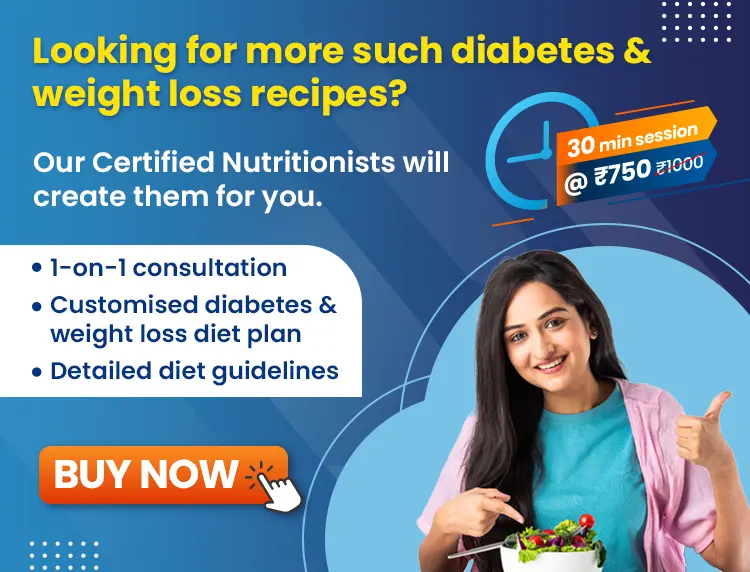
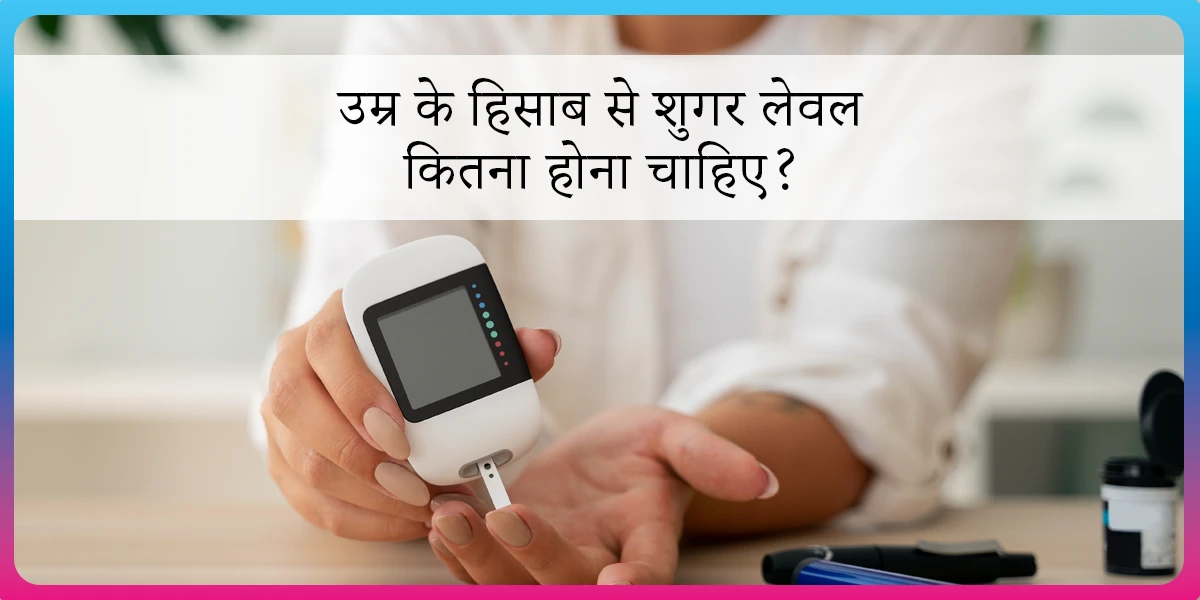
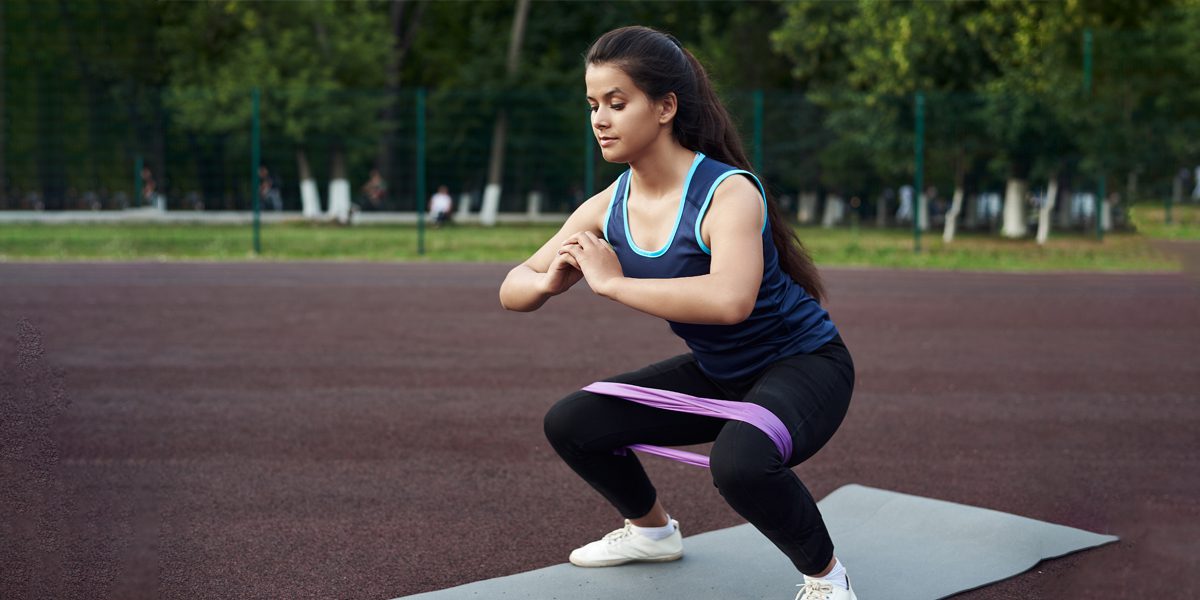


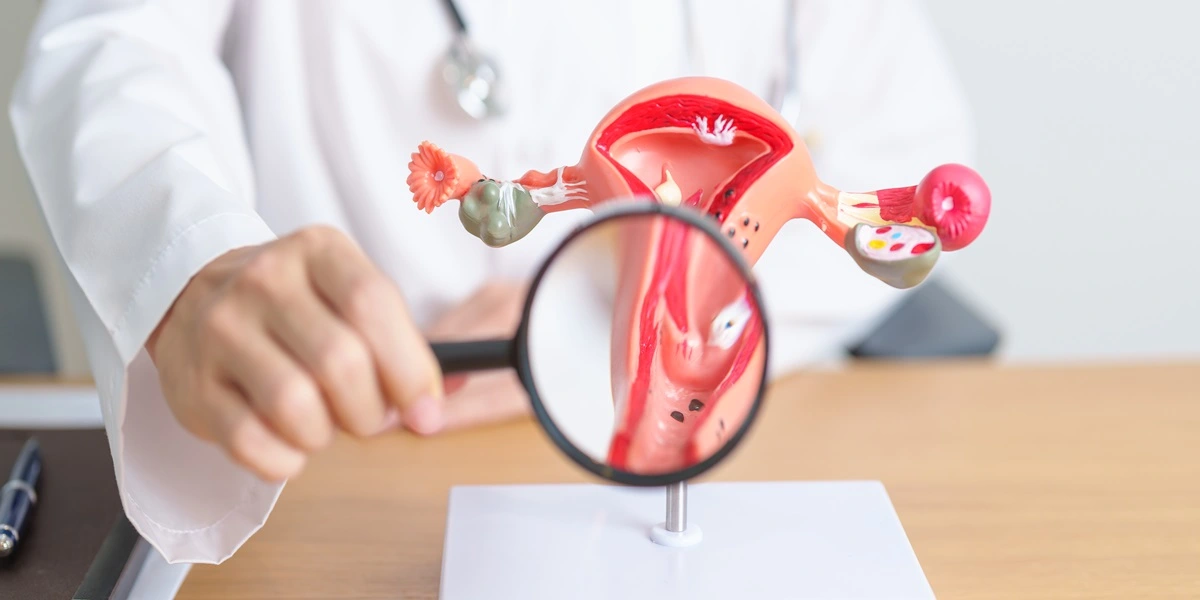





Great tips